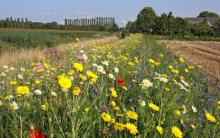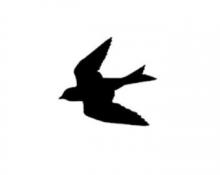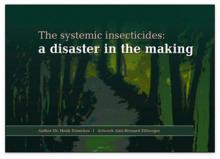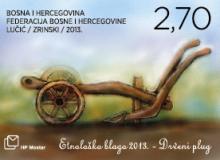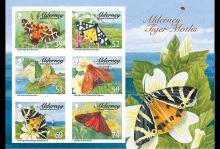
Terwijl de wereldbevolking gedurende de voorbije veertig jaar bijna verdubbeld is, blijft het aantal insecten, slakken, wormen en schaaldieren afnemen. Dat meldt ABC Science. Onrustwekkend, meent een internationaal team van onderzoekers, dat berekende dat de populatie ongewervelden met 45 procent inkromp. Mochten deze beestjes ooit uitsterven, zouden de meesten onder ons daar wellicht niet van wakker liggen. Toch hebben ongewervelden wel degelijk hun nut voor de Aarde: ze bestuiven gewassen, houden ziekten onder controle, filteren het water en voegen voedingsstoffen toe aan de grond. Een internationaal wetenschapsteam, waarbij onderzoekers van University College in Londen en Stanford University in Californië, onderwierp een resem wetenschappelijke artikelen aan een analyse die verscheen in het vakblad Science. De wetenschappers kwamen tot de vaststelling dat ongewervelden eenzelfde achteruitgang doormaken als grotere landdieren. "Dat was een schok", zegt Ben Collen van University College, "want we gingen er altijd van uit dat ongewervelden veerkrachtiger waren." De voorbije vijf eeuwen verdwenen 322 soorten gewervelde dieren op het land. De overblijvende populaties zijn met 25 procent geslonken. Bij de ongewervelden werden nu gelijkaardige verliezen vastgesteld.

